The race to build an electric ute is heating up
Battery-powered utes are heading to Australia. See which ones will be here soon.
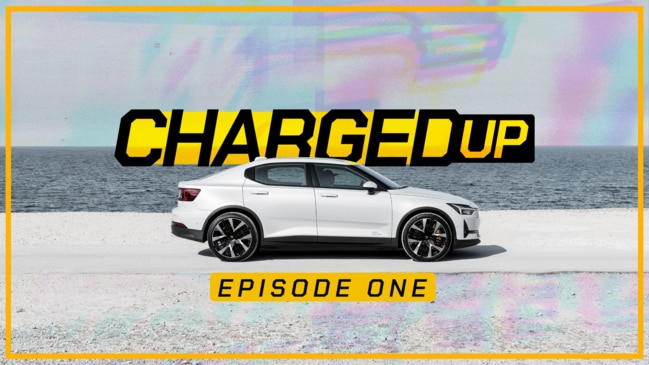
The race to launch an electric ute in Australia is heating up.
Toyota, the best-selling car maker with the top-selling ute, showed dealers a battery-powered version of the HiLux during a conference in Melbourne on Wednesday.
The Toyota HiLux Revo BEV Concept is a two-door, two-wheel-drive pick-up that will form part of a feasability study for the automotive giant.
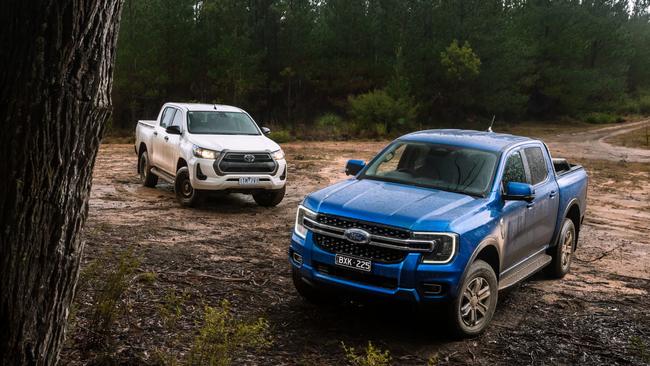
Toyota’s move comes as the Federal Government develops a new fuel efficiency standard that will penalise car makers for selling fuel-guzzling vehicles.
Utes are among the most popular vehicles on local roads, but they are also some of the thirstiest.
Australia has just one electric ute, the LDV eT60, which costs more than $90,000 and has limited towing capacity.
But that is expected to change next year when Chinese giant BYD launches a ute.
EVDirect.com, the exclusive distributor of BYD in Australia, has confirmed it will have an electric ute on sale here next year.
“We’re bringing a vehicle that will actually shock people as to how capable it is and how good it is, as far as your daily drive,” said EV Direct.com chief executive Luke Todd.
He said that while it was too early to release specific details, the ute had undergone extensive testing to ensure it met tradies’ towing and payload expectations.
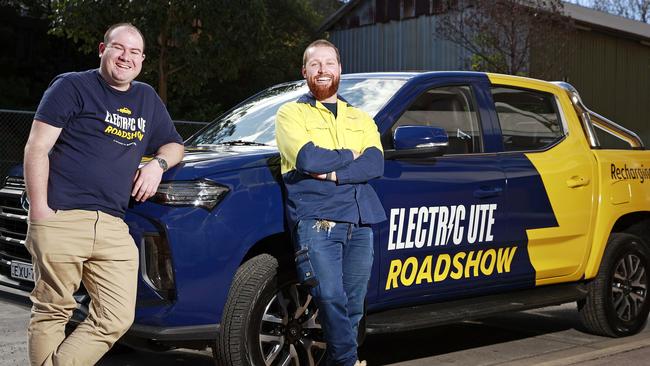
Are you thinking about buying an EV? Watch our show Fully Charged above and have your say in the comments below:
Kia is also planning an electric ute, which could reach local showrooms by 2025, while it is believed Tesla has green-lighted the local introduction of its Cybertruck, most likely before 2027.
Tesla’s first Cybertruck rolled off the production line in July and it has recently been spotted undergoing southern hemisphere testing in New Zealand.
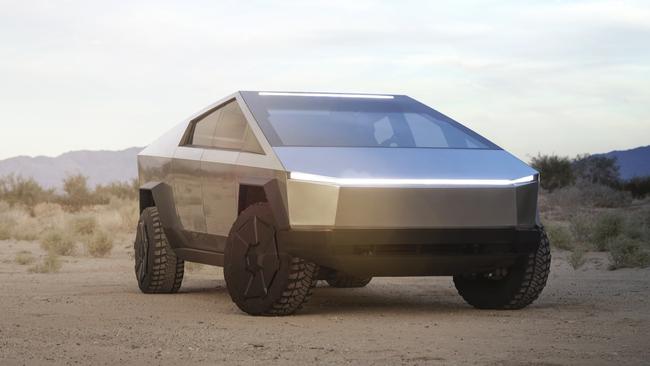
Ford and Volkswagen also plan to have electric versions of their popular Ranger and Amarok utes in the coming years.
The two utes share a common platform that has been “future-proofed” to handle electric power.
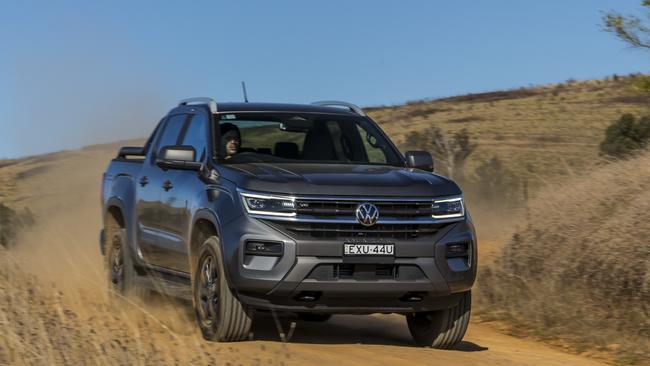
“We see the trend [towards electrification] and it’s also matching our internal transformation logic,” said global Amarok product manager Peter Sulc.
“We are going to do [an EV Amarok] some day.”
“I still don’t see the timing in the next two or three years … I do see somewhere in the second half of the decade,” said Sulc.
Electric Vehicle Council chief executive Behyad Jafari said the Australian market was ripe for electric utes.
“There are already some electric utes available in the rest of the world that aren’t available here, which is a tragedy because Australia is the golden market for utes,” said Mr Jafari.
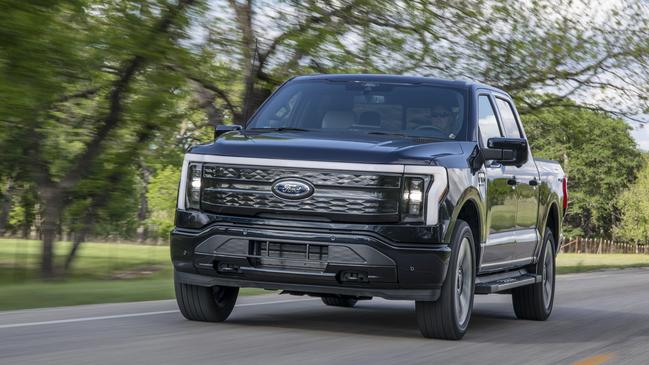
Ford sells the F-150 Lightning – an electric version of the world’s best selling vehicle – in the US and has left the door ajar for local introduction.
Ben Lever has been driving an electric LDV eT60 ute from Ballarat to Brisbane and everywhere in between as part of a roadshow with clean energy group Solar Citizens.
“People are really interested and intrigued by [the electric ute] and the novelty of it,” said Mr Lever.
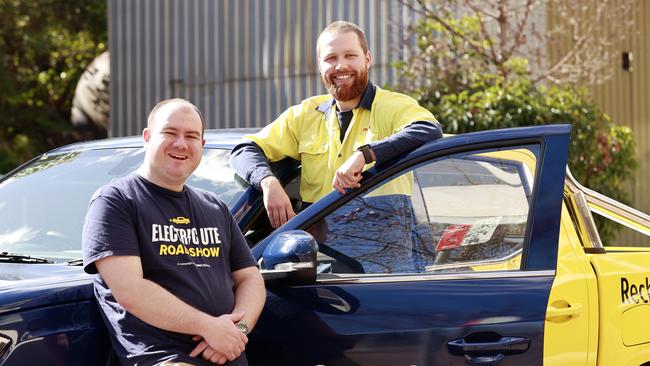
“Obviously some are interested in the environmental credentials but the lower operating costs really appeal to a lot of people too, especially with interest rates on the rise and the rise in cost of living.”
Jacob Kennedy, an electrician from Western Sydney, is keen on an electric ute and reckons it could save him about $250 a week in fuel costs.
He admits the ute won’t fit everyone’s needs.
“If you have a basic need for a one-tonne payload and you’re running fairly short distances around town it will be all benefit for you. But once you start needing to tow a horse float or a boat then you might want to wait for one of the other utes coming in the future,” said Lever.

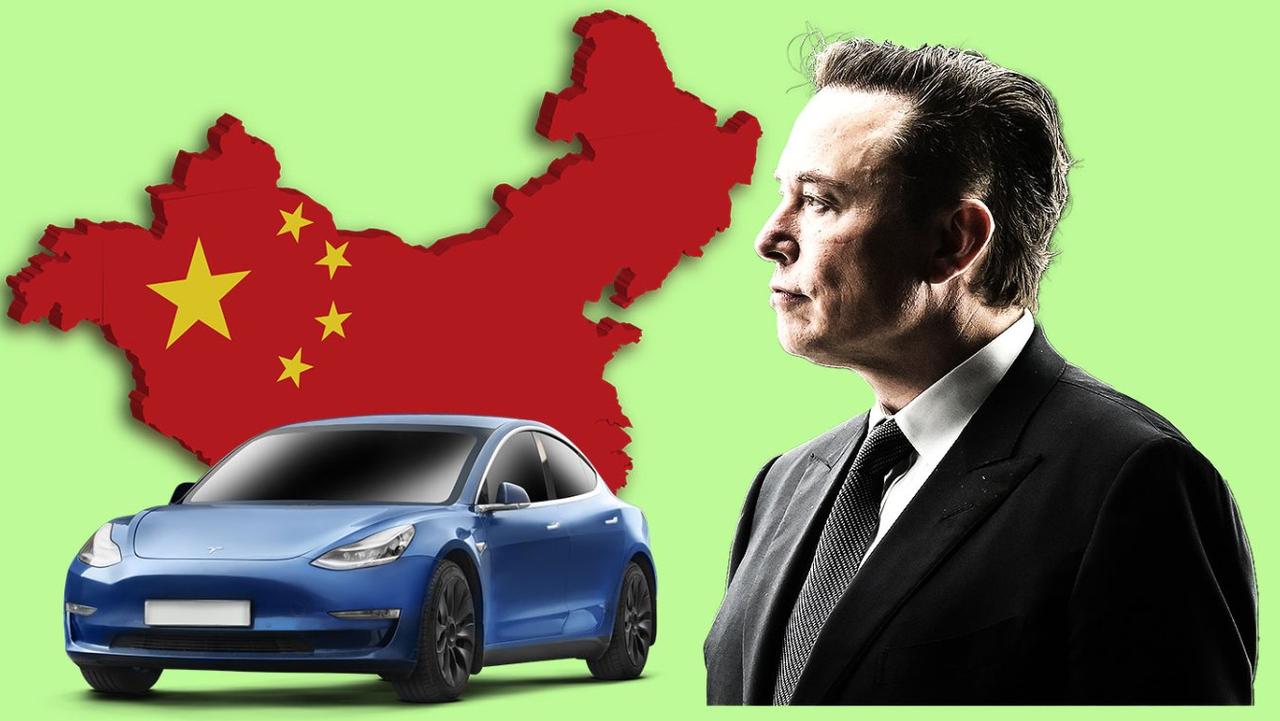
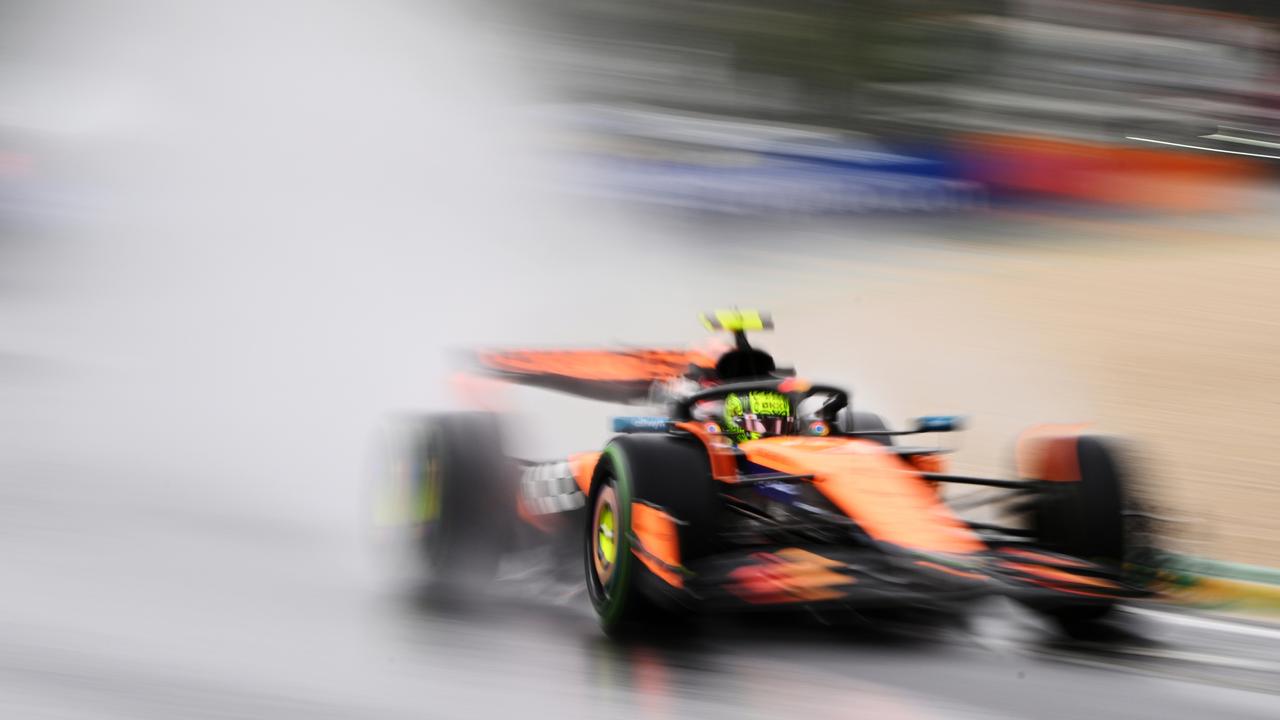
To join the conversation, please log in. Don't have an account? Register
Join the conversation, you are commenting as Logout